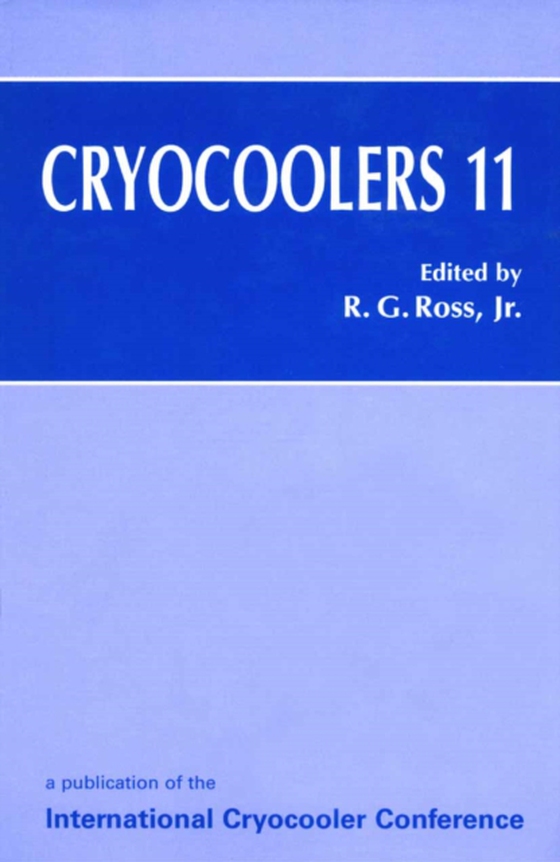
Cryocoolers 11 e-bog
2190,77 DKK
(inkl. moms 2738,46 DKK)
Over the last two years we have witnessed a continuation in the breakthrough shift toward pulse tube cryocoolers for long-life, high-reliability cryocooler applications. One class of pulse tubes that has reached maturity is referred to as "e;Stirling type"e; because they are based on the linear Oxford Stirling-cooler type compressor; they generally provide cooling in the 30 to 100 K tem...
E-bog
2190,77 DKK
Forlag
Springer
Udgivet
8 maj 2007
Genrer
Classical mechanics
Sprog
English
Format
pdf
Beskyttelse
LCP
ISBN
9780306471124
Over the last two years we have witnessed a continuation in the breakthrough shift toward pulse tube cryocoolers for long-life, high-reliability cryocooler applications. One class of pulse tubes that has reached maturity is referred to as "e;Stirling type"e; because they are based on the linear Oxford Stirling-cooler type compressor; they generally provide cooling in the 30 to 100 K temperature range and operate at frequencies from 30 to 60 Hz. The other type of pulse tube cooler making great advances is the so-called "e;Gifford-McMahon type. "e; Pulse tube coolers of this type use a G-M type compressor and lower frequency operation to achieve temperatures in the 2 to 10 K temperature range. Nearly a third of this proceedings covers these new developments in the pulse tube arena. Complementing the work on low-temperature pulse tubes is substantial continued progress on rare earth regenerator materials and Gifford-McMahon coolers. These technologies continue to make great progress in opening up the 2 - 4 K market. Also in the commercial sector, continued interest is being shown in the development of long-life, low-cost cryocoolers for the emerging high temperature superconductor electronics market, particularly the cellular telephone base-station market. At higher temperature levels, closed-cycle J-T or throttle-cycle refrigerators are taking advantage of mixed refrigerant gases, spearheaded in the former USSR, to achieve low-cost cr- cooler systems in the 65 - 80 K temperature range.
 Dansk
Dansk

